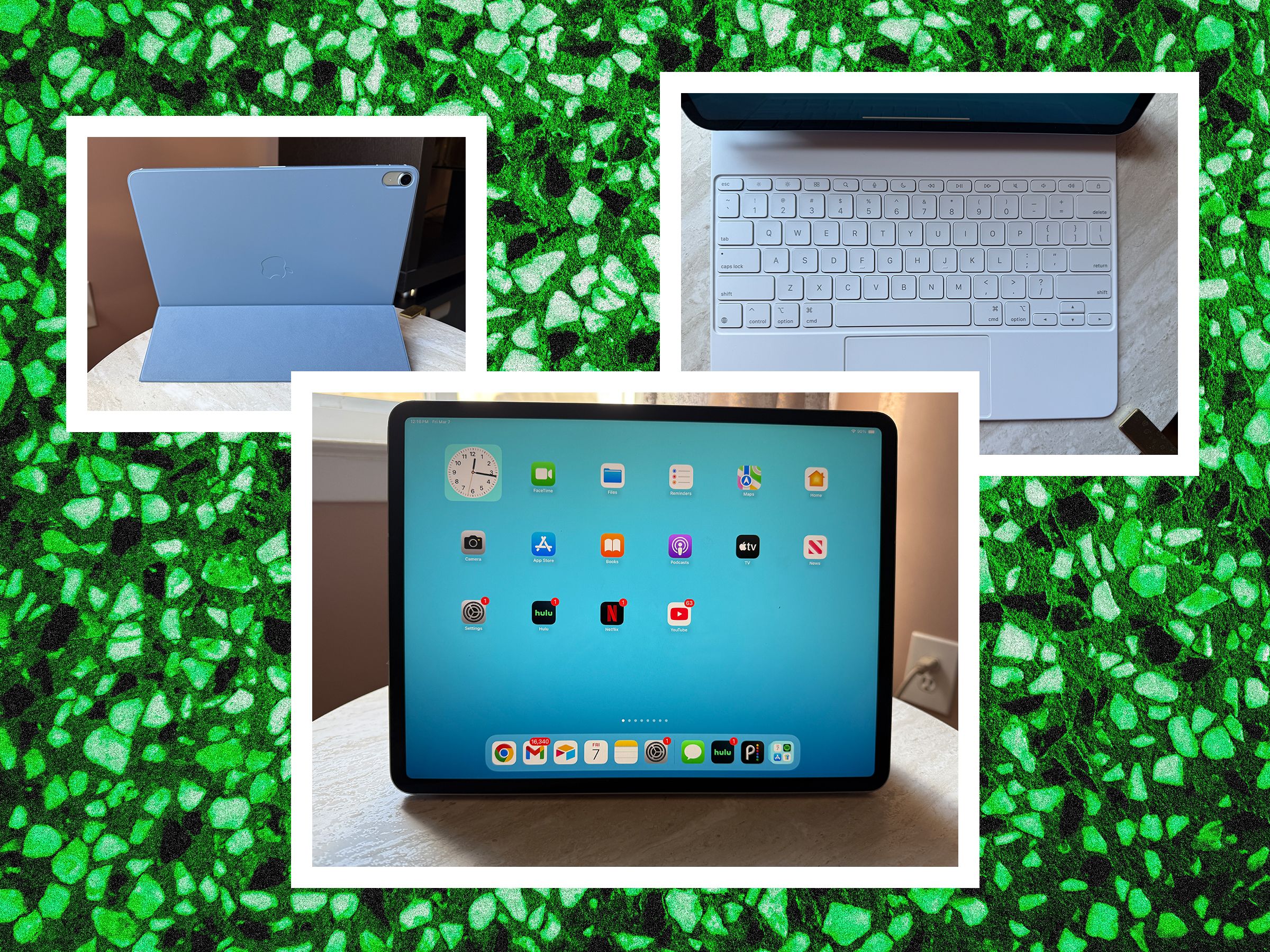Samsung’s Leading Laptop Currently $450 Discounted at Best Buy
The Samsung Galaxy Book 5 Pro stands out in the high-end laptop market, featuring a 16-inch touchscreen that enhances user engagement and productivity. This device comes with CoPilot Plus, an AI-powered suite that offers advanced image generation, real-time language translation, and effortless searches, making it perfect for users who demand top-tier performance and multitasking abilities.
The Galaxy Book 5 Pro is driven by an Intel Core Ultra 7 processor, combined with 16GB of RAM and a 1TB SSD, ensuring quick and effective operation. Its Intel Arc 140V Graphics card facilitates gaming and other graphics-heavy tasks, positioning it as a flexible option for both professional and recreational use.
A major highlight of this model is its 3K AMOLED display, which delivers vivid colors and crisp details, enriching the viewing experience whether you are watching videos, editing images, or working on presentations. Despite its premium specifications, the Galaxy Book 5 Pro retains a sleek and lightweight profile, making it convenient for transport.
Currently, the Samsung Galaxy Book 5 Pro is being offered at a reduced price of $1,200, down from its original price of $1,649.99, courtesy of a $450 discount at Best Buy. This makes it a compelling choice for those eager to invest in a high-performance laptop without overspending.
In conclusion, the Samsung Galaxy Book 5 Pro is highly recommended for users in search of a premium laptop with a sizable touchscreen, robust performance, and AI features. However, those who prefer a more cost-effective option or do not need the latest AI functionalities might want to explore other alternatives.
Read More






